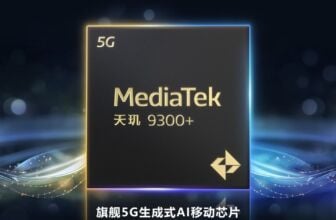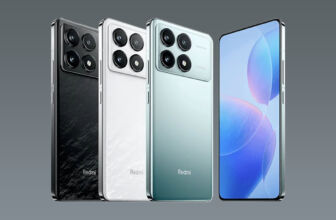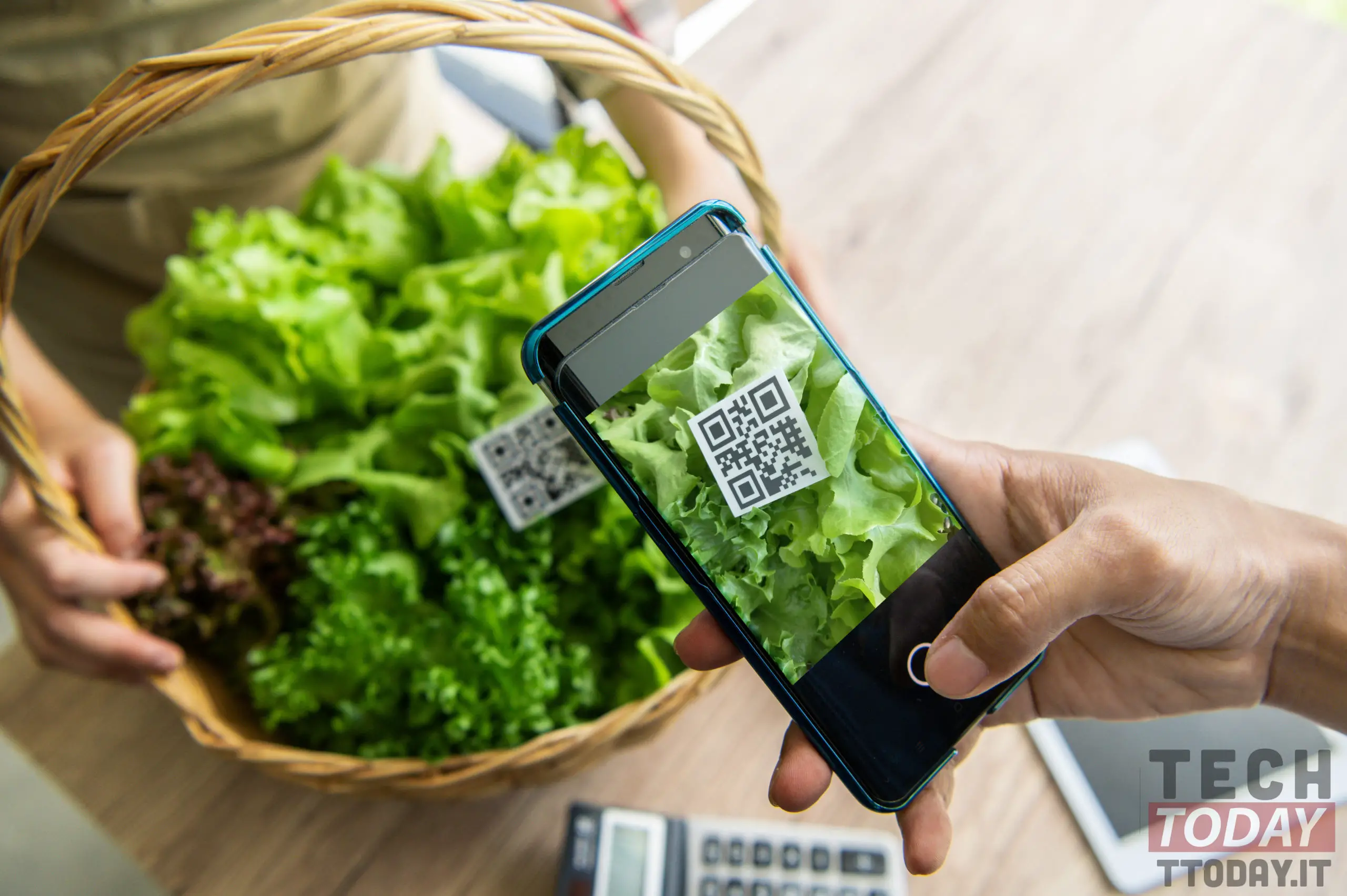
We live in a world strongly devoted to digital, so much so that sometimes useful information is collected inside a sort of business cards disguised as what we could define the evolution of the classic barcode, that is the QR Codes. all the effects of quick, simple and effective ways to share information in a smart and mobile way.
Topics of this article:
Surely you have seen them on sites, physical stores and social networks, but their use goes far beyond the promotion of something and so here we are to deepen our knowledge on QR Codes.
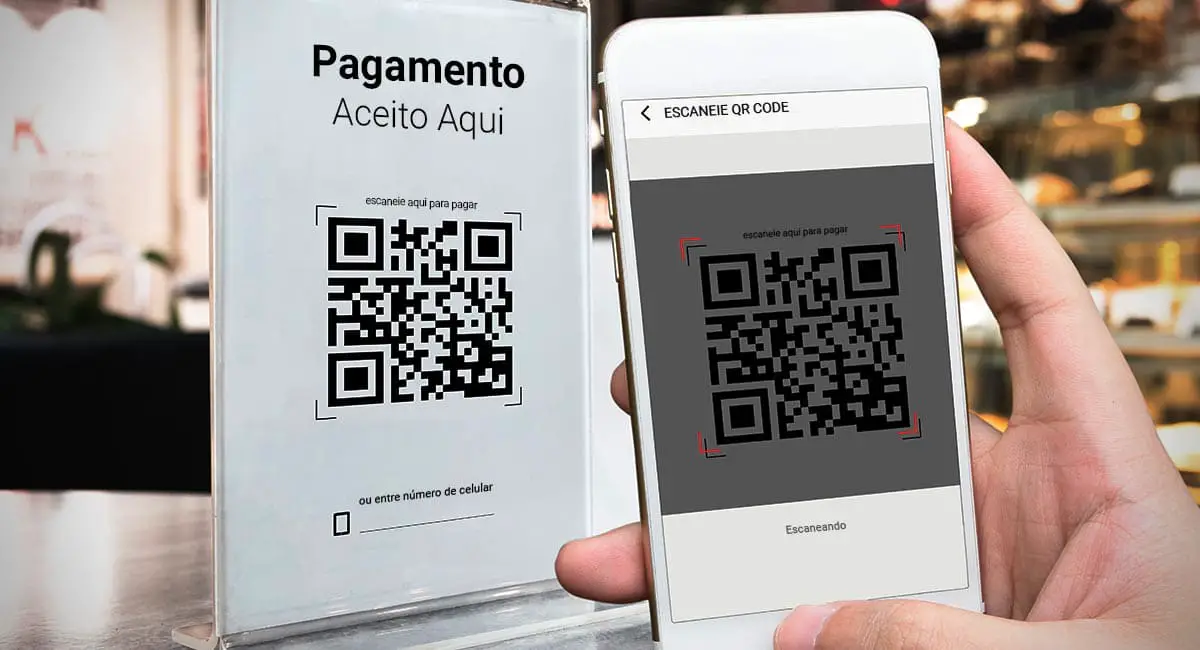
What is a QR Code?
First of all, the acronym QR stands for Quick Response from English or Quick Response for us Italians and it is precisely the modern version of the barcode we know, capable of storing any type of with a smartphone, through dedicated apps or functions. The difference between a barcode that is identified with up to twelve numbers, the QR Code can store up to 7089 numbers, 4296 letters or 1817 Japanese kanji (characters used in Japanese writing).

How do QR Codes work?
These modern "barcodes" appear as a series of randomly placed pixels, but in reality the position of these pixels is entirely logical, making it easy to scan the code. The 3 squares positioned at the ends of the QR Code are then identified by the specific apps for the purpose of reading them, after which the reader analyzes and decodes the content of the grids, assigning each a function.
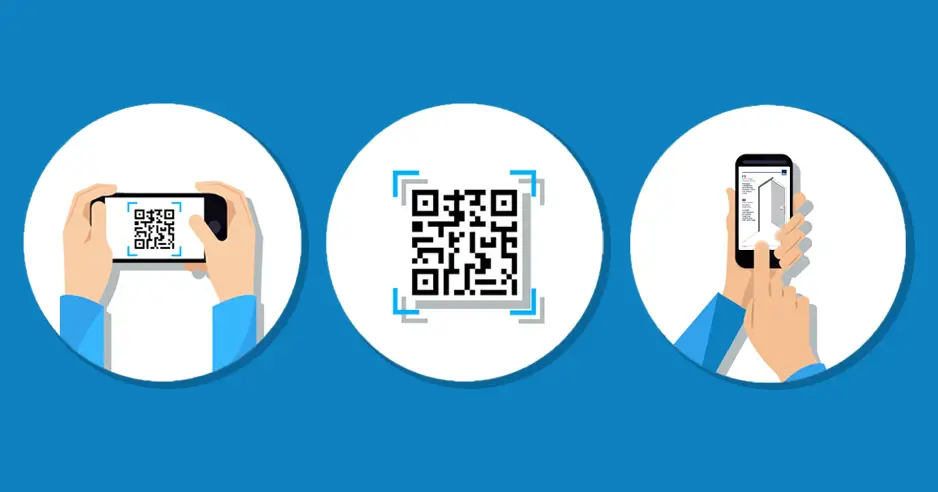
How to scan a QR code using your smartphone?
Typically, smartphones on the market offer the basic possibility of scanning QR Codes without having to resort to third-party applications. For example on iOS systems, i.e. Apple devices, we will proceed as follows:
- Open the camera app (native) from both Home and lock screen;
- Frame the QR code you want to scan for a few seconds, without moving (just as if you were about to take a photo);
- You will notice that a notification will appear, which you can click to open the result or access the information contained in the QR Code.
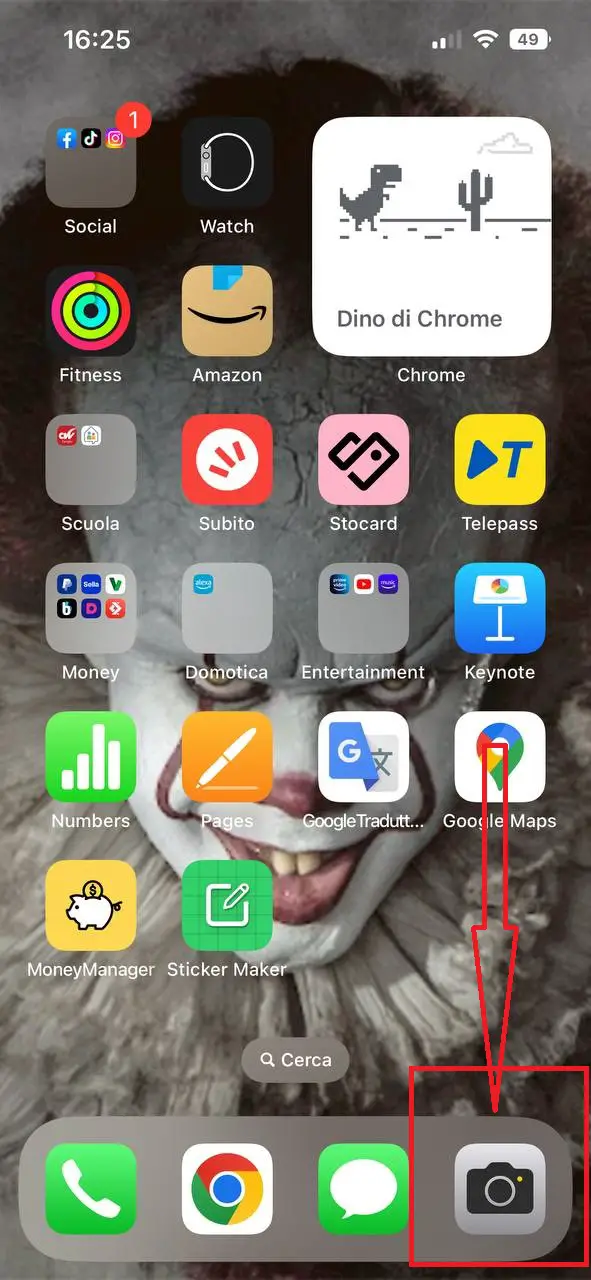

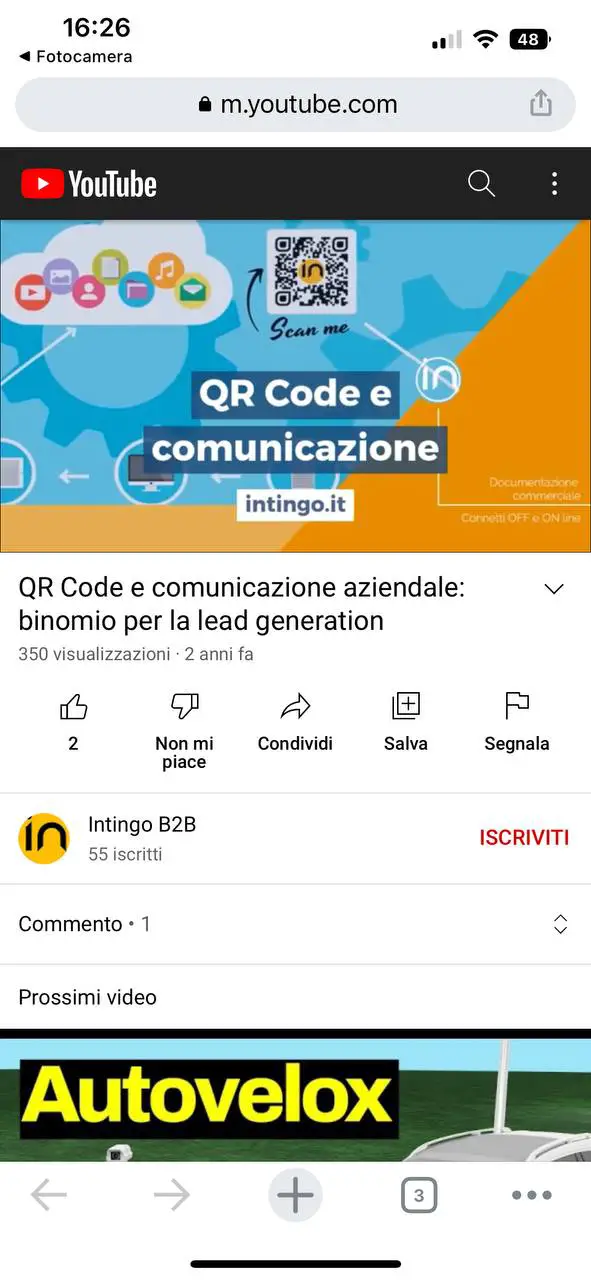
In the example shown in the images, I was redirected to a link of a video on YouTube, but in some cases you will have to take an extra step, such as connecting to a certain WiFi network or other. Another method, if you have the image of the QR Code saved on your iOS phone, is to open the Photos app and open the image containing the QR Code. Now you can long press on the code to bring up the option Open URL or the action associated with the QR.
Even in the case of Android, you have two options to scan QR codes. The first uses the Google Lens app, sometimes present within the native Camera app of your smartphone, proceeding as follows:
- Open the app Google Lens (click to download the app if not present on your device) or the Camera app of your smartphone, just frame the image containing the QR Code;
- You will see a symbol similar to the QR code, which you will have to click to be redirected to the URL or function integrated in the QR.
On some smartphones such as Xiaomi, Redmi and POCO, you will find an app called Scanner pre-installed which, similar to Google Lens, will allow you to scan QR Codes to access the information they contain.
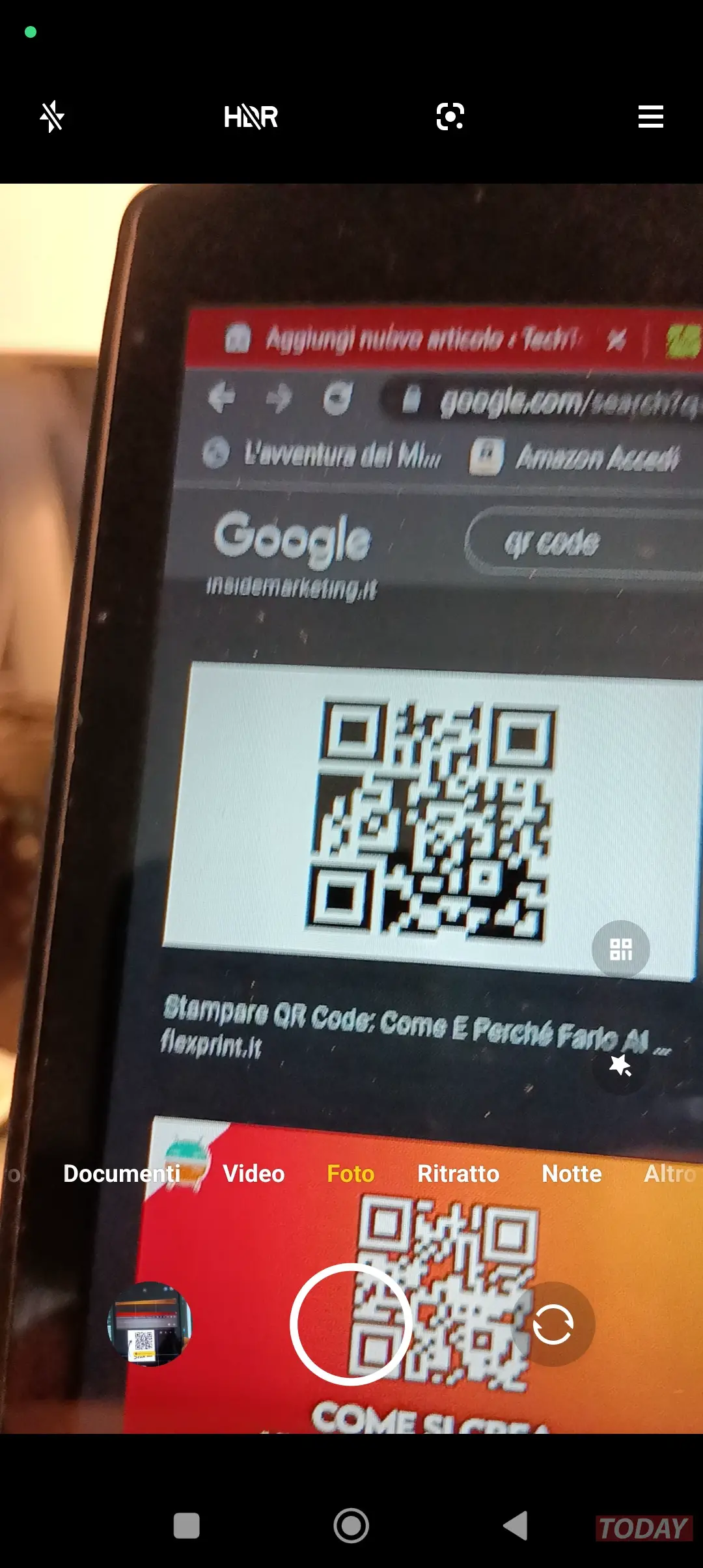
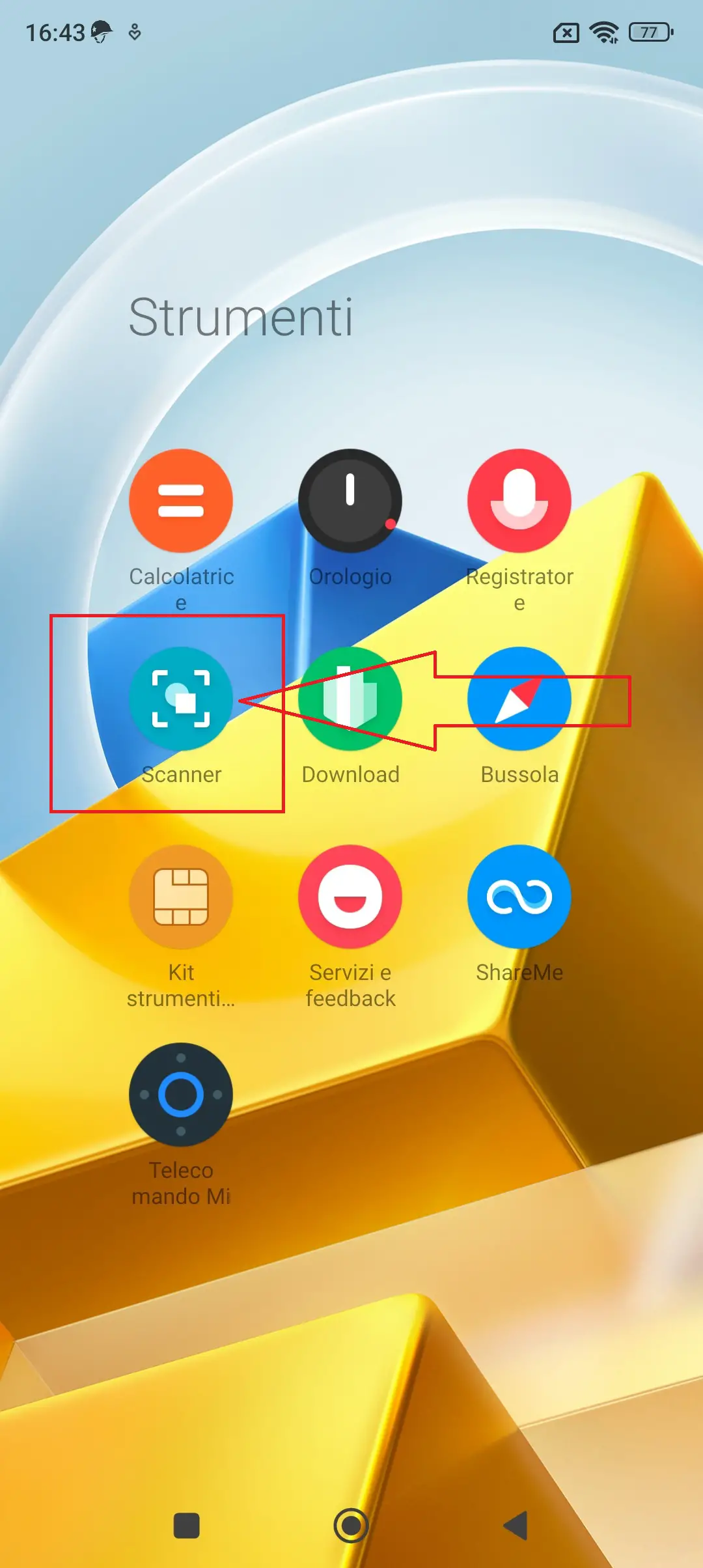
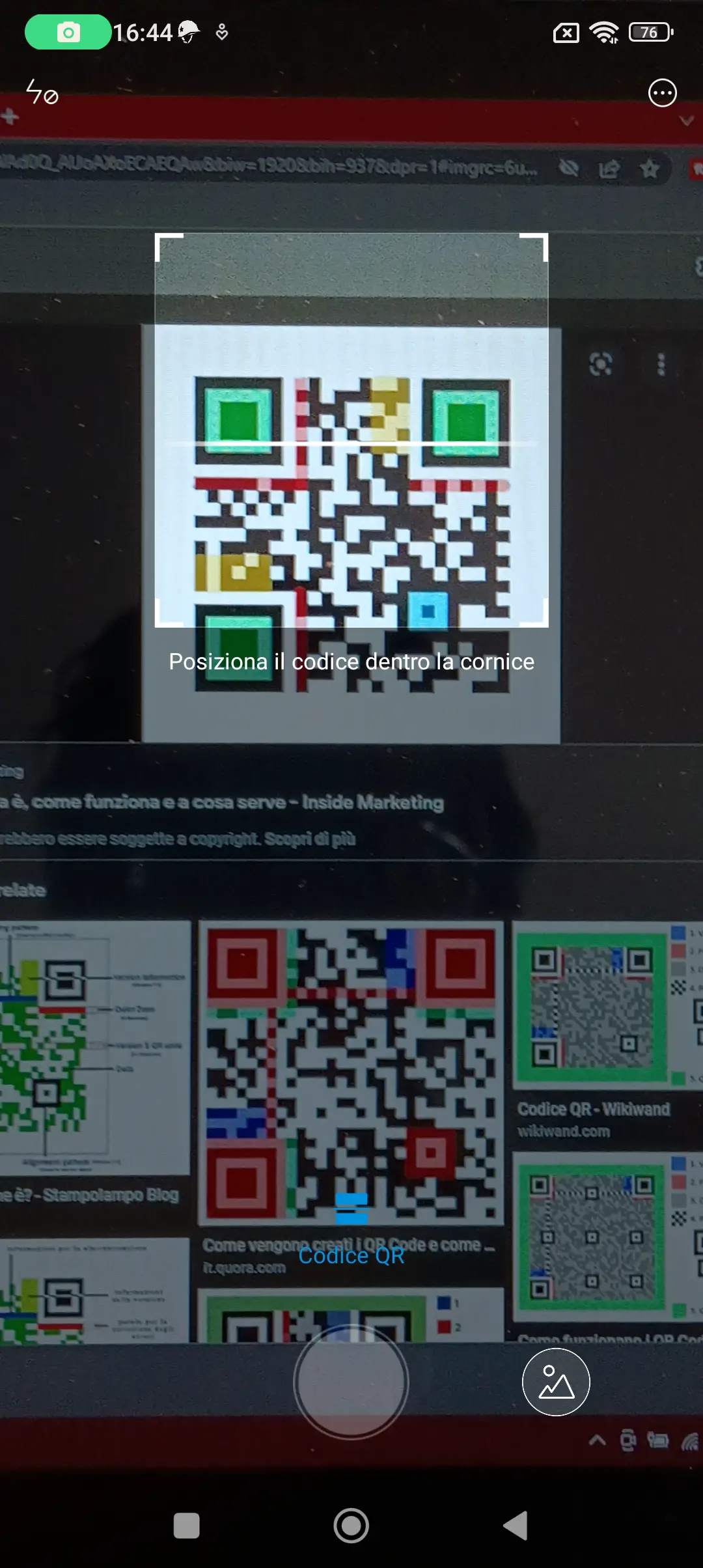
How to create a QR Code for free?
Maybe you wanted to create your own QR Code, inserting information as a sort of business card, or to invite friends and not to view your video just published on YouTube or listen to your Podcast, in short, you want to make yourself known in a way smart. You are satisfied, because now I'll explain how to do it.
The first solution could be to turn to specialized websites such as https://www.generatoreqrcode.it/ but on the net there are many others, and from here enter the URL to which you want to redirect your audience, but also refer to an image, a culinary menu, WiFi and much more.
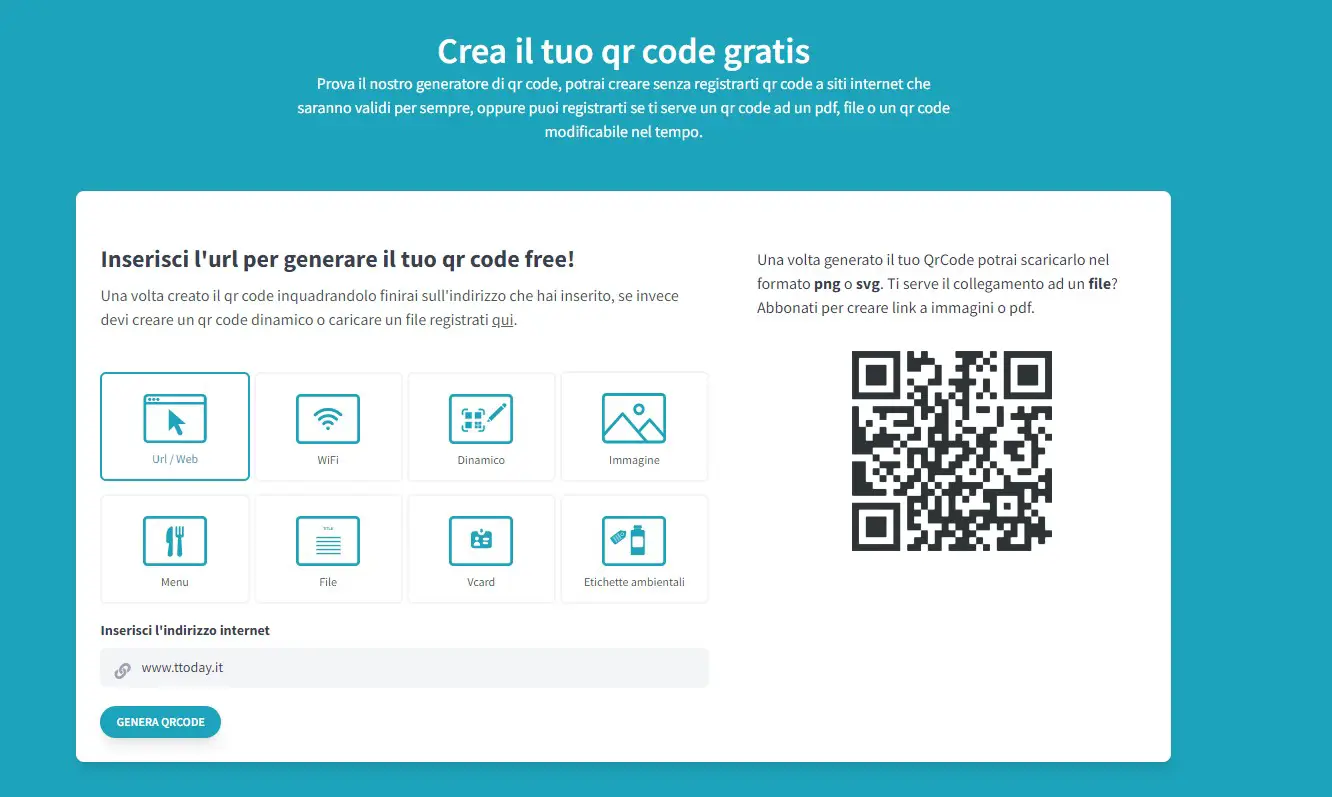
From the App Store (iOS) you can download applications such as QR Code Generator, an app also available for Android, offering different templates and features to be discovered, all in a free and super intuitive way.
There are different types of QR Codes
So far we have seen traditional QR Codes, but you must know that in the digital world there are different types with different pixels and shapes, namely:
- Conventional: this is the typical QR code that we can find in most of the clubs or advertising. It is easy to recognize because it has three search squares in the corners;
- Azteca: As much as it resembles the conventional QR code, it has a unique search pattern, which is located right in the center;
- PDF 417: This code is the perfect fusion between a barcode and a QR code, it is easily distinguished by its horizontal shape;
- maxicode: we can find this QR Code in the United States Postal Service. It is very similar to the Aztec code, as the search pattern is placed in the center. The difference is that instead of using a square, a honeycomb (circular) pattern is used.
- Semacode: we can identify this QR code because it has no recognizable search patterns. However, it is very similar to the conventional QR code.
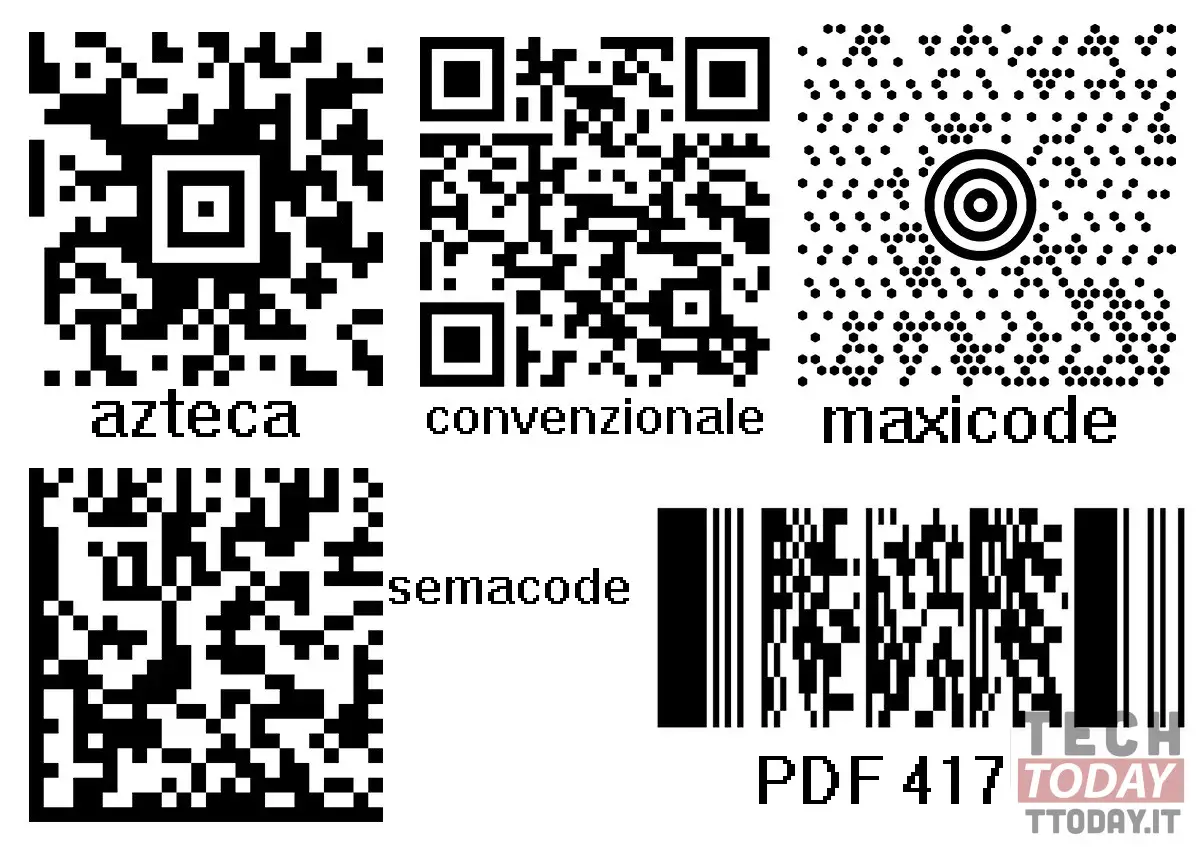
Finally we must distinguish the configuration of a single QR Code which can appear static or dynamic, based on the content they bring as a dowry. In particular, we speak of static QR when the code does not allow the updating of the information contained therein. Then we have the dynamic QR Codes, the opposite of the static ones, allowing you to update the content of the information without having to generate the QR again.
Parts of a QR code
While it may not seem like it, each part of the QR code has a function, as its patterns are not designed randomly. In total, you can find six components in a QR Code, namely:
- Quiet area: you can identify it as the white border around the QR code. This is the most important part, since without this boundary it would not be possible to identify what the code contains, as external elements would interfere with its reading.
- Search pattern: this is what we know as "the three big squares" located in the corners of the code. These are responsible for determining the orientation of the code when scanning. It is for this reason that when a QR code is oriented vertically, there is no such square in the lower right corner.
- Synchronization scheme: you will see it in the shape of an L, located between the squares that make up the search pattern. This helps the code reader to identify if the code is damaged or not.
- Alignment scheme: is a small square located in the lower right corner that can validate if the code is skewed or skewed.
- Code version: it is defined as a small field located in the upper right part that can identify the version of the code that is being scanned.
- Data cells: are the remaining pixels of the QR code, which contain the information to be transmitted.
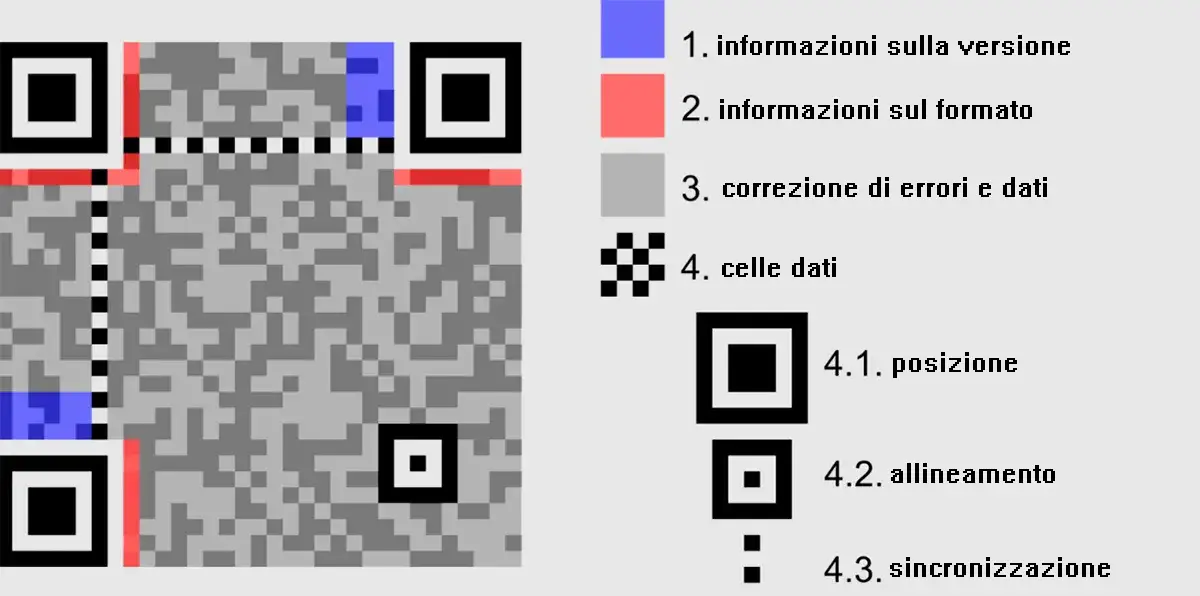
And did you already know what is told in this article? I bet you can't wait to create your own code and feed it to the digital world.



